A jammed finger is a common sports injury but it can be quite frustrating and even affect your ability to play. You have a jammed finger when you sprain the knuckles of your finger. It usually affects the middle of the joint only. When you have a jammed finger, you usually have injured ligaments and tendons. You can take homecare measures and choose a specific treatment option if you understand how to fix jammed finger.
Causes and Symptoms of Jammed Finger
You usually have a jammed finger when you 'stub' your finger on an object during an athletic activity. It occurs when the blow forces your joint to over-extend. You will have a jammed finger whether you stretch your joint the wrong way or you have it stretched a little too far than is normal. Depending upon your sports activity, you get a jammed finger when you get it stepped on, hit with a baseball, smashed between helmets, etc.
Symptoms to Watch Out For
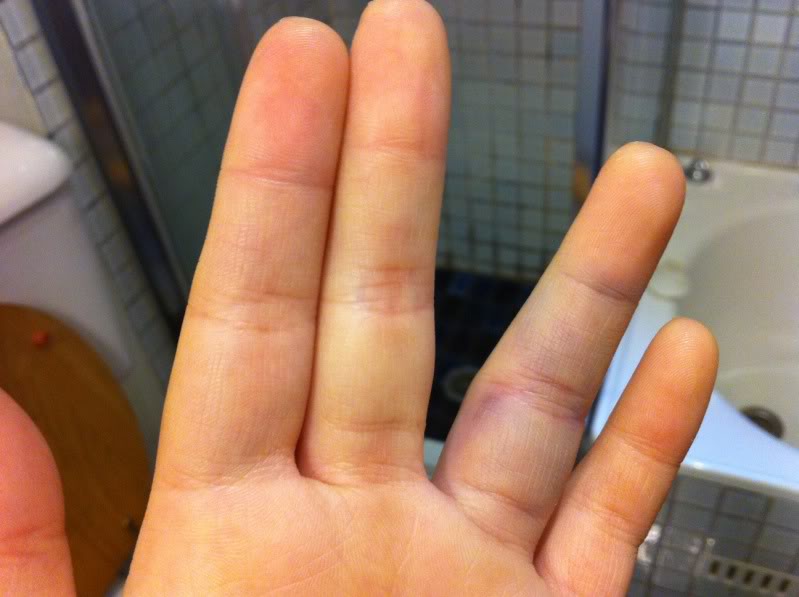 Before learning how to fix a jammed finger, it is important to know what you have is really a sprain. The most common symptoms are loss of motion, swelling, pain, and loss of strength. You will quickly notice swelling within the joint as well. That affected knuckle will look bigger than the other knuckles. While you can take steps to accelerate recovery, it may still take several weeks for swelling to go away completely. Sometimes, it never heals completely.
Before learning how to fix a jammed finger, it is important to know what you have is really a sprain. The most common symptoms are loss of motion, swelling, pain, and loss of strength. You will quickly notice swelling within the joint as well. That affected knuckle will look bigger than the other knuckles. While you can take steps to accelerate recovery, it may still take several weeks for swelling to go away completely. Sometimes, it never heals completely.
How to Fix a Jammed Finger
Your jammed finer may take 1-3 weeks to heal depending on how severe the injury is. For serious injuries, it is better to work with a medical professional – these types of injuries may persist up to eight weeks or more. Here are the steps you can take to fix a jammed finger.
1. Ensure that Your Injury Is Not Serious
The problem with musculoskeletal injuries is that you cannot tell how severe they are just by the amount of pain you feel. Sometimes, an injury really hurts but is not serious. A jammed finger, for instance, may hurt like hell but is not as serious as a fractured or dislocated finger. If you experience serious pain and notice a bend in your finger, this may indicate a fracture or dislocated finger. This requires immediate medical attention.
2. Take OTC Medication
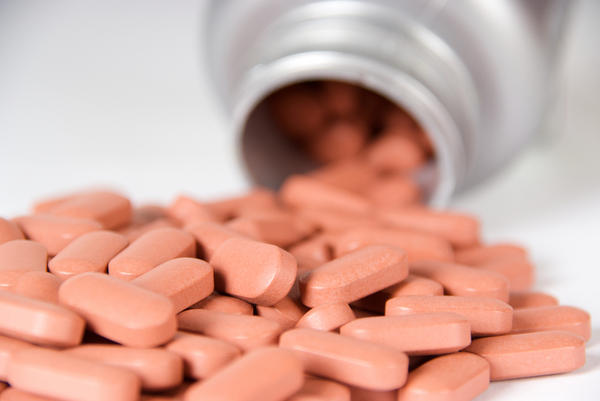 As a jammed finger is basically a sprained finger, so you ought to experience severe pain. For pain management, you can take OTC pain relievers. Non-steroidal anti-inflammatory drugs (NSAIDs), such as ibuprofen, aspirin, and naproxen work quite well in this situation. These drugs control inflammation and reduce pain and swelling. You should take these drugs for a short time only or you will have to deal with side effects related to your kidneys, live, and stomach. Do not give aspirin to children under 18. You can use a pain-relieving or anti-inflammatory gel or cream to relieve pain in children.
As a jammed finger is basically a sprained finger, so you ought to experience severe pain. For pain management, you can take OTC pain relievers. Non-steroidal anti-inflammatory drugs (NSAIDs), such as ibuprofen, aspirin, and naproxen work quite well in this situation. These drugs control inflammation and reduce pain and swelling. You should take these drugs for a short time only or you will have to deal with side effects related to your kidneys, live, and stomach. Do not give aspirin to children under 18. You can use a pain-relieving or anti-inflammatory gel or cream to relieve pain in children.
3. Rest, Ice, Compression, Elevation (RICE)
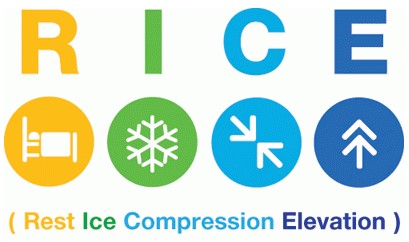 Start by applying ice to your finger to reduce swelling and pain. For this, you can take a bag of frozen vegetables or get a cold pack from a drug store. Do not place ice directly on your skin, and apply the ice pack for no more than 15 minutes at a time. Be sure to take plenty of rest when you sustain an injury. Immobilization will help accelerate healing. You may have to wear a splint too. A splint will also help with compression, but you may also tape the injured finger for added support. Finally, keep your hand elevated or simply keep your fingers pointed upward to help excess fluid and blood drain from the injury.
Start by applying ice to your finger to reduce swelling and pain. For this, you can take a bag of frozen vegetables or get a cold pack from a drug store. Do not place ice directly on your skin, and apply the ice pack for no more than 15 minutes at a time. Be sure to take plenty of rest when you sustain an injury. Immobilization will help accelerate healing. You may have to wear a splint too. A splint will also help with compression, but you may also tape the injured finger for added support. Finally, keep your hand elevated or simply keep your fingers pointed upward to help excess fluid and blood drain from the injury.
4. Apply Heat
After initial application of ice, you may switch to heat. You should start applying heat to your injured finger a couple of days after the injury. Add Epsom salt in warm water and soak your hand in it for 20 minutes. This will improve blood flow to the injured area and help speed healing.
5. Exercises
These simple measures mentioned above will help improve your chances of recovering from the injury in a short time. However, you can also learn how to fix a jammed finger by doing the right exercises. Here are some suggestions:
- Wrist maneuver: A stronger wrist will help heal your jammed finger early. Grab a two-pound hand weight and sit in a chair with armrests. With your palm facing up, place your injured hand on to the armrest. Slowly slide your arm forward to have your wrist unsupported. Now, bend your wrist slowly towards the floor and hold the position for a few seconds before moving back to the starting point.
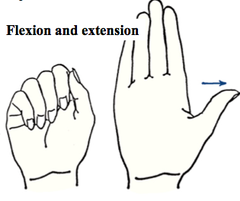 Finger flexion: Doing assisted finger stretches will help exercise your finger tendons and accelerate healing. How to fix a jammed finger through finger flexion? Sit in a chair and bend the elbow of your injured hand at a 90-degree angle. Now, lift it with your palm facing toward your body. You should use your other hand to bend your jammed finger gently toward your palm. Hold your position for 10 seconds and return to the original position.
Finger flexion: Doing assisted finger stretches will help exercise your finger tendons and accelerate healing. How to fix a jammed finger through finger flexion? Sit in a chair and bend the elbow of your injured hand at a 90-degree angle. Now, lift it with your palm facing toward your body. You should use your other hand to bend your jammed finger gently toward your palm. Hold your position for 10 seconds and return to the original position.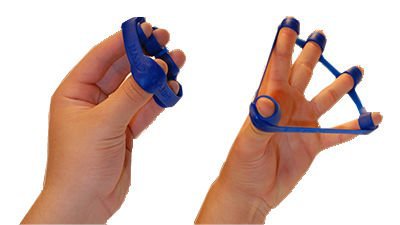 Finger resistance: You can do a rubber band exercise to strengthen the muscles and tendons of your jammed finger. Take a medium-width rubber band and place it around the tips of your fingers and thumb of the affected hand. First, lift your forearm making a 90-degree angle with your elbow, and then spread your fingers apart. Hold the position for 10 seconds and return to the starting position. Take a break of 10 seconds and repeat again. Do the same at least 50 times a day to strengthen your fingers.
Finger resistance: You can do a rubber band exercise to strengthen the muscles and tendons of your jammed finger. Take a medium-width rubber band and place it around the tips of your fingers and thumb of the affected hand. First, lift your forearm making a 90-degree angle with your elbow, and then spread your fingers apart. Hold the position for 10 seconds and return to the starting position. Take a break of 10 seconds and repeat again. Do the same at least 50 times a day to strengthen your fingers.
